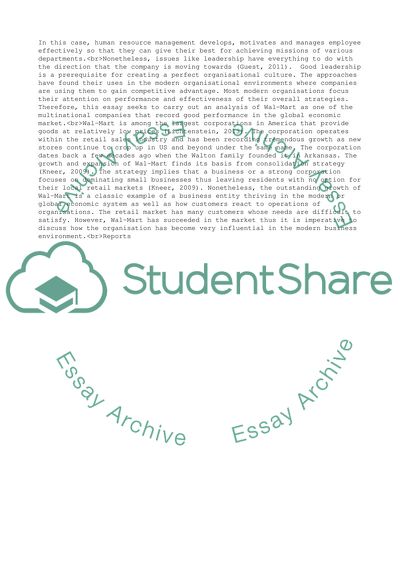Cite this document
(Organizational Performance and Effectiveness Research Paper, n.d.)
Organizational Performance and Effectiveness Research Paper. https://studentshare.org/business/1853227-organizational-performance-and-effectiveness
Organizational Performance and Effectiveness Research Paper. https://studentshare.org/business/1853227-organizational-performance-and-effectiveness
(Organizational Performance and Effectiveness Research Paper)
Organizational Performance and Effectiveness Research Paper. https://studentshare.org/business/1853227-organizational-performance-and-effectiveness.
Organizational Performance and Effectiveness Research Paper. https://studentshare.org/business/1853227-organizational-performance-and-effectiveness.
“Organizational Performance and Effectiveness Research Paper”. https://studentshare.org/business/1853227-organizational-performance-and-effectiveness.


